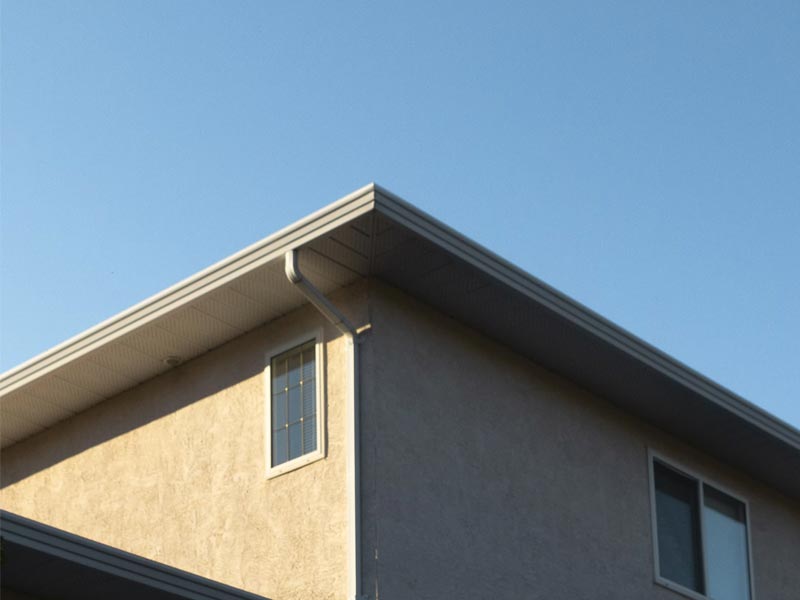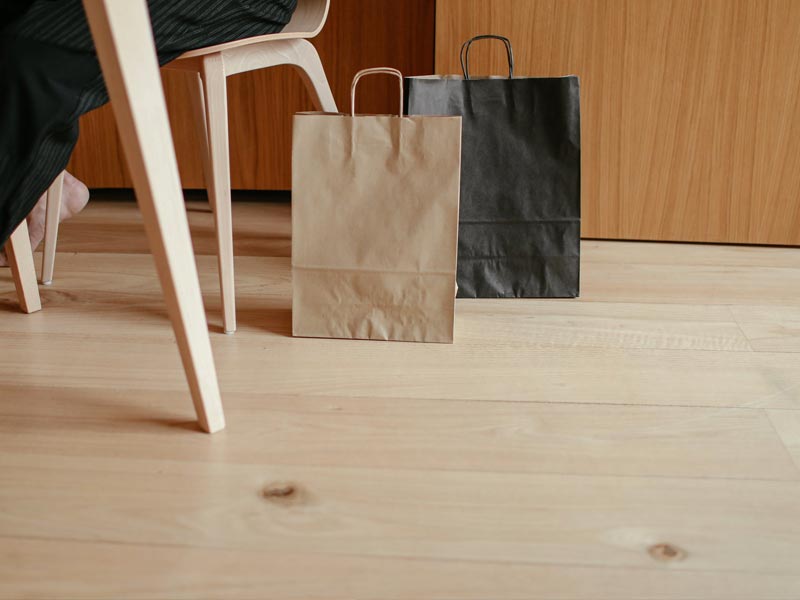Gutters are part of a roofing system and are designed to divert rainwater away from the side of the house and into a certain area of the property. While gutters are meant to protect the foundation of a home, they must be cleaned and well maintained to take advantage of everything they have to offer.

Advantage: Foundation
One of the primary advantages of installing gutters onto the roof of a home is to prevent foundational problems down the road. Water that collects near the foundation of a home will eventually work its way into the soil, causing the ground to expand and contract. When the soil underneath the foundation begins to change shape, it causes cracks in the foundation and can lead to a plethora of problems, including leaks and cracks.

Advantage: Aesthetics
During heavy rainfall, homeowners who do not have a gutter system connected to the roof may notice that the bottom of the siding is beginning to fade. When water falls over the edge of the roof near the exterior of a home, it can cause the soil to splash back onto the siding. If the soil or the dirty water dries on the exterior, the siding may begin to erode.

Disadvantage: Landscaping
The rainwater that flows down from the gutter needs to congregate somewhere in the lawn, which can prove to be a problem. The area where rainwater is dispersed may flood, which can create mud puddles and ruin the grass or shrubbery. When a homeowner decides to forgo a gutter system, the rainwater may runoff the roof evenly around the sides and not flood a portion of the lawn.

Disadvantage: Animals
Not only do gutters disperse rainwater, but they also double as a home for birds, squirrels and other animals. These animals build nests and store food that can clog a gutter system. Animals living in the gutters can also create noise pollution, and individuals may be annoyed at hearing squirrels running around or birds taking off and landing at all hours of the day.
.png)


.png)
